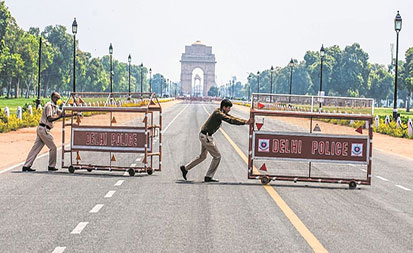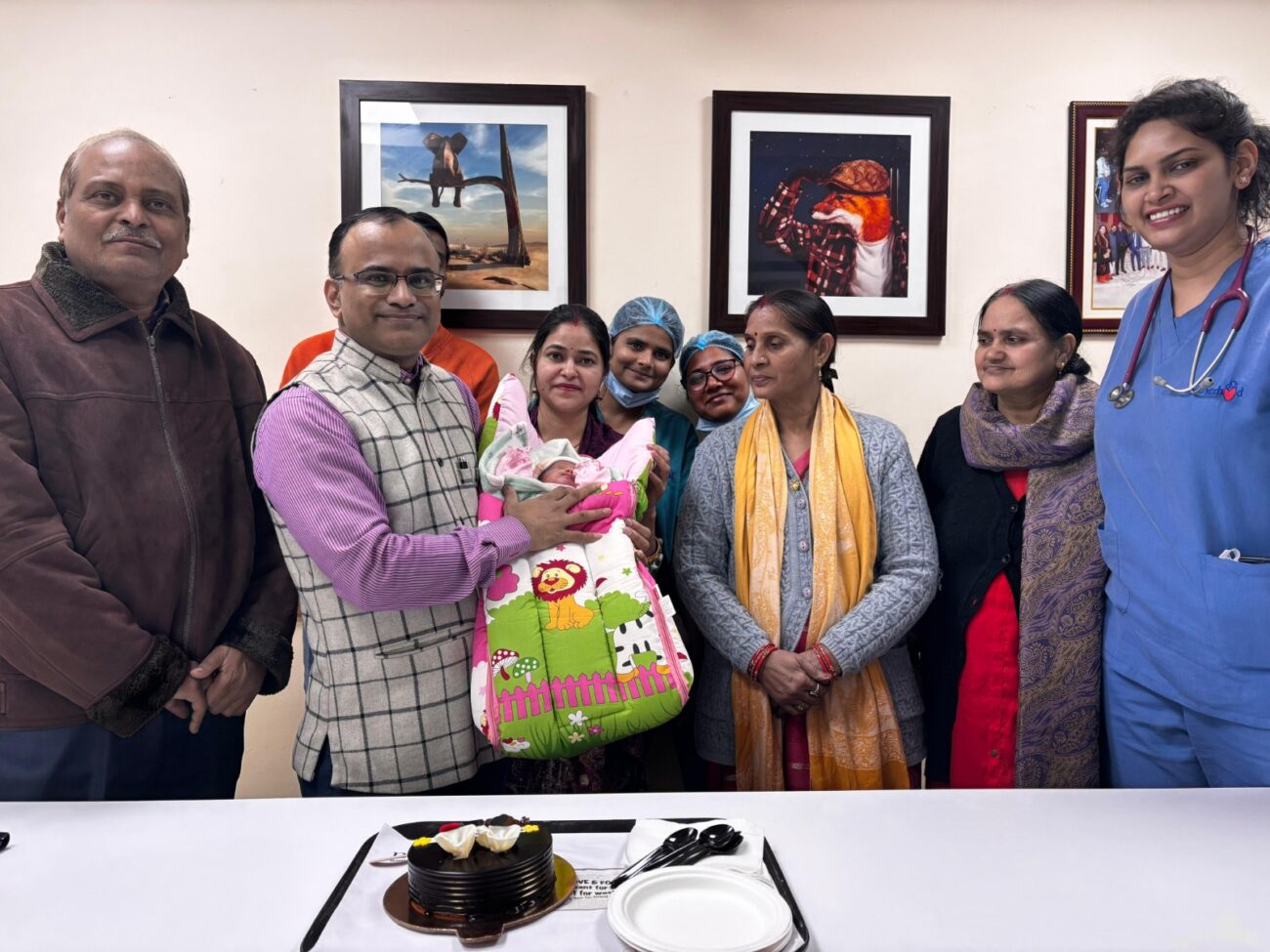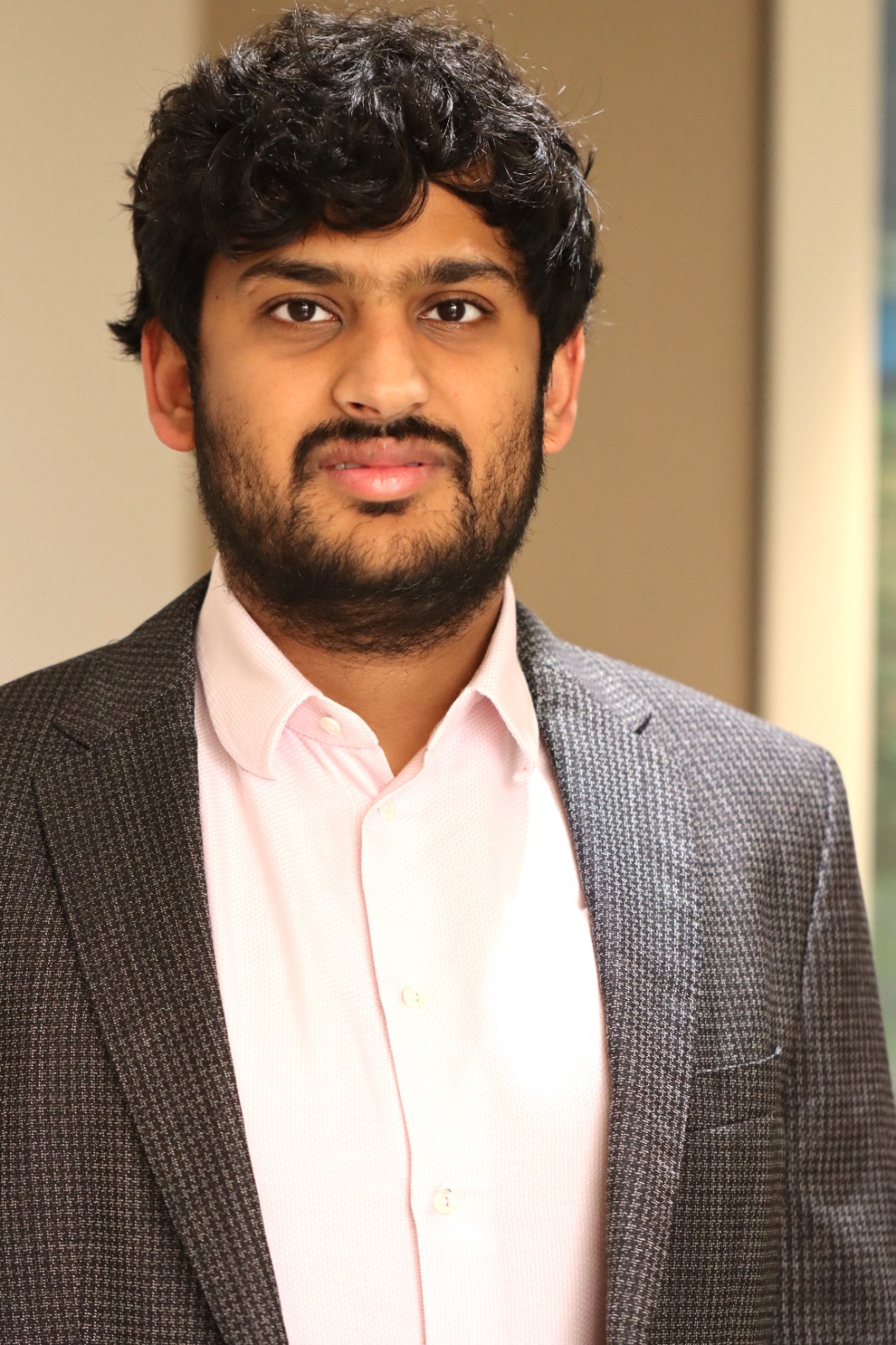A year after ‘Janata curfew’, coronavirus threat rears its ugly head again
The coronavirus pandemic is on the upswing again in India which observed a ‘Janata curfew’ on this day a year ago, having paved the way for an over two-month long strict nationwide lockdown to curb

The coronavirus pandemic is on the upswing again in India which observed a ‘Janata curfew’ on this day a year ago, having paved the way for an over two-month long strict nationwide lockdown to curb the contagion.
Millions of people across the country stayed indoors on March 22, 2020 in an unprecedented and overwhelming response to Prime Minister Narendra Modi’s appeal for the nationwide curfew. People used to come out briefly at 5 pm to show their gratitude to healthcare and other essential service providers with sounds of bells, conches and claps.
India reported its first case of coronavirus infection on January 30 last year from Kerala, and the first death on March 10 from Karnataka.
A lockdown was clamped in the country from March 25 till May 31, affecting the economy badly.
As the government initiated the ‘unlock’ procedure from June to make up for the economic cost of the lockdown, the COVID-19 cases started to gallop, and India soon became the second worst-hit nation after the US by September.
The country eased the lockdown through a graded and pre-emptive approach, with the health ministry issuing standard operating procedures for opening up religious places, shopping malls, restaurants, hotels and offices and most recently, educational institutions, to prevent the spread of the infection.
The number of daily coronavirus cases peaked in September with 97,894 infections being reported on the 17th day of the month, after which India began witnessing a gradual decline in cases even though several other countries saw a surge in infections.
India crossed the grim milestone of one crore COVID-19 cases on December 19, even as the spread of the virus slowed down with almost a month being taken for the 10 lakh new infections, unlike in the period from August till mid-November when they rose at a faster rate.
The daily rise in cases fell below 30,000 since December 14 (27,071) and the lowest daily increase of 8,635 infections was reported on February 2 this year.
The daily rise in cases, however, started remaining above 30,000 from March 18.
India reported 46,951 new coronavirus infections in a day, the highest so far this year, taking the nationwide COVID-19 tally to 1,16,46,081, according to the Union health ministry data updated on Monday.
India has seen 2,60,742 cases in the last seven days.
The daily fresh cases remained below 20,000 from January 8 till March 10 after which the cases began to spike.
Registering an increase for the 12th day in a row, the total active caseload has increased to 3,34,646, which now comprises 2.87 per cent of the total infections.
The national recovery rate was at its highest at 97.33 per cent on February 17 which has come down to 95.75 per cent.
The active caseload was at its lowest at 1,35,926 on February 12, comprising 1.25 per cent of the total infections.
Around 13 states and Union Territories (UTs) were out of the grip of COVID-19 before the Janata Curfew was announced.
India strengthened its healthcare infrastructure, ramped up the production of COVID-19 protective gear like personal protection equipment (PPE) and N-95 masks while scaling up testing facilities and boosting indigenous production of such items, thereby, reducing dependency on foreign countries.
At the same time, the country started producing two vaccines — Bharat Biotech’s indigenously developed Covaxin and Oxford-AstraZeneca’s Covishield manufactured by Serum Institute — which were approved by the national drug regulator on January 3, and till date, more than 4.50 crore (4,50,65,998) vaccine doses have been administered in the country.
The countrywide vaccination drive was rolled out on January 16 this year with healthcare workers (HCWs) getting inoculated and the vaccination of frontline workers (FLWs) started from February 2.
The next phase of COVID-19 vaccination commenced from March 1 for those who are over 60 years of age and for people aged 45 and above with specified co-morbid conditions.
India stands at number one position in terms of recovered coronavirus cases followed by Brazil, while it is in the third spot in terms of the cases after the US and Brazil, according to the Johns Hopkins University, which has been compiling global COVID-19 data.
In terms of fatalities, India is in the fourth position.






